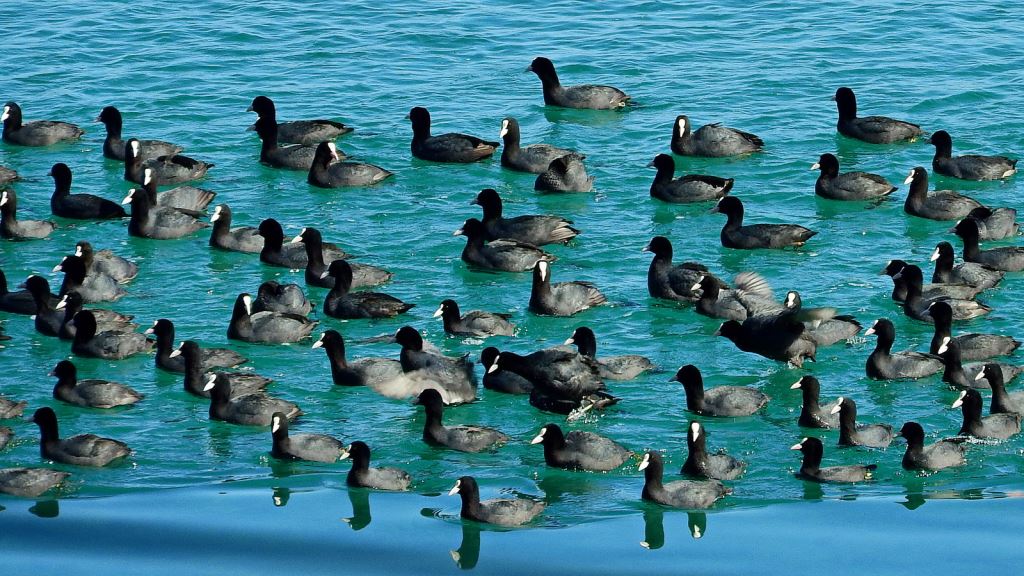Wildlife photography requires a combination of camera skills, timing and patience. One essential aspect is often forgotten: knowing how to use the light to get the best results from your wildlife photos.

To take a top-class wildlife photograph, you need to know your animal; where to find it, how to approach it without scaring it away, and how to know the precise moment to press the button to capture the character of the subject. Often a wildlife photographer will spend hours trying to get a good shot. What a shame, then, if all that effort is wasted by taking your photo in bad light.
As a nature photographer, I have learned that the ideal light for a photo can vary depending on the subject. Landscape photos are usually best photographed in sunny weather, early in the morning or late in the afternoon when the contrast is low and the light is soft and colorful. On the hand, rainforest photography is usually best in the middle of the day, in cloudy weather to eliminate extremes of light and shade. To understand the best lighting for wildlife photography, you can take a lesson from both landscape and rainforest photography.
To get the best light for a wildlife photo, you are really looking to minimize contrast, and to eliminate shadows from important areas; most importantly across the face of the animal.
If you take your photos in the middle of a sunny day, you are bound to encounter shadows in all the wrong places. Bright light is likely to overexpose parts of the subject, while the face and the underside of the animal could be lost in heavy shadow. The result will be unattractive, and lacking in much of the detail that should give character to your photo.
There is nothing wrong with taking your wildlife photos on a sunny day. Just remember the lesson from landscape photography and seek to take your photos early in the morning and late in the afternoon. At these times the subject is illuminated from a more horizontal angle, so the full face of the animal is well-lit; you are less likely to have shadows over the eyes and other important features. If there are shadows, they will be much softer because the contrast is much lower when the sun is low in the sky.
The light at these times is also much more colourful, with the golden hues you associate with sunrise and sunset. This is a classic technique for improving landscapes, but it can be just as effective for wildlife. The warmth of the light can create an intimacy in your pictures that is completely lost in the harsh light of midday.
The second approach is to follow the rule of rainforest photography, and take your photos in overcast weather. This allows you to catch your subject in very even, low-contrast light.
I find cloudy days particularly useful for animals with glossy surfaces. Frogs, for example, have damp, shiny skin that reflects a lot of light. In glary conditions a green frog may appear mostly grey or silver in a photo. On a cloudy day the same frog will be shown in its true colours.
Birds can often appear more colourful on a cloudy day, for the very same reason. The sun shining on glossy feathers can create a lot of reflection, robbing the photo of its natural colour. It may seem the opposite of what you would expect, but the dull light of a cloudy day can actually produce the truest colours in a bright wildlife subject.
One final question you may ask: should you use a flash to illuminate a wildlife photo? My answer to that is a definite "NO." Flash photography bathes the subject in white light, coming from directly in front of the subject. It may illuminate the subject, but at the same time rob it of the natural play of light and shade that makes a good photo so appealing.
Some wildlife photography experts use multiple flashes to brightly illuminate a subject from every possible angle. This approach can work very well, but remember; these are experts in flash photography. If you are at the beginner stage, I recommend learning to work with natural light. When you get the hang of it, I guarantee you will be happy with the results.
Andrew Goodall
Andrew Goodall's top selling ebooks on photography for beginners have already helped thousands of people learn the skills better photography. Find them at http://www.naturesimage.com.au and sign up the online newsletter for even more tips...it's free!